Home>Furniture & Design>Interior Design Trends>What Glue Works On Glass
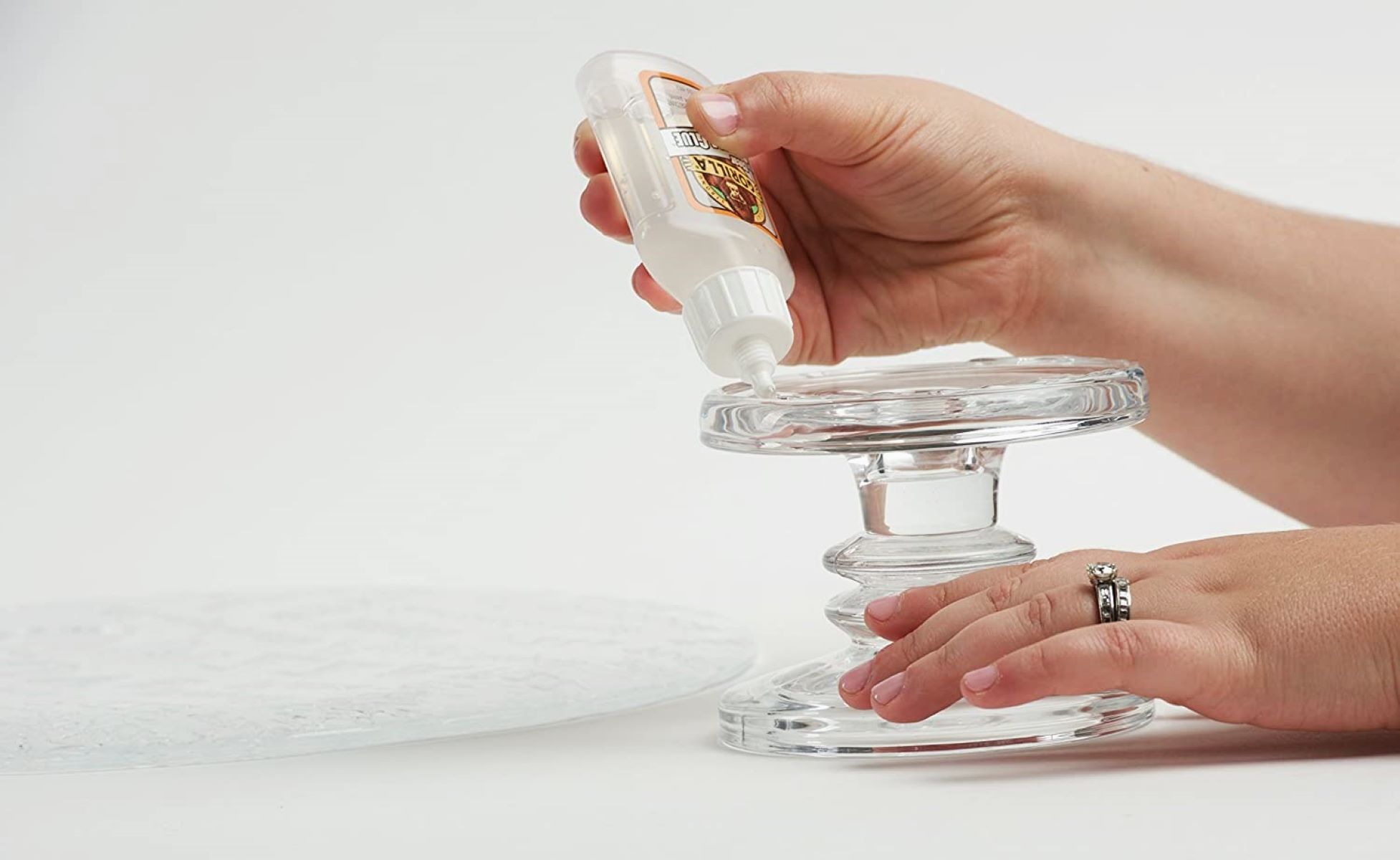

Interior Design Trends
What Glue Works On Glass
Published: February 3, 2024
Discover the latest interior design trends for glass projects and find out which glue works best for your needs. Explore our expert tips and recommendations today!
(Many of the links in this article redirect to a specific reviewed product. Your purchase of these products through affiliate links helps to generate commission for Storables.com, at no extra cost. Learn more)
Introduction
When it comes to interior design, glass is a versatile and elegant material that adds a touch of sophistication to any space. From sleek glass tabletops to stunning glass vases and decorative accents, the use of glass in interior design has become increasingly popular. However, working with glass often requires the use of adhesive to bond, repair, or create stunning DIY projects. This leads to the burning question: What glue works on glass?
In this comprehensive guide, we will delve into the world of glass adhesives, exploring the various types of glue suitable for bonding glass, factors to consider when choosing the right adhesive, and best practices for using glue on glass. Whether you're a seasoned DIY enthusiast or a novice looking to embark on your first glass-related project, this article will equip you with the knowledge and insights needed to tackle any glass-bonding endeavor with confidence.
So, if you've ever found yourself pondering which adhesive is best for glass, you're in the right place. Let's embark on this adhesive adventure and uncover the secrets to successful glass bonding.
Key Takeaways:
- Choose the right glue for glass based on your project’s needs, such as strength, transparency, and environmental conditions. Follow best practices for precise application and durable, professional-quality bonds.
- Whether it’s DIY glass projects or structural assemblies, understanding different adhesives and best practices empowers you to create stunning glass creations with confidence and precision. Unlock the potential of glass bonding for durable, elegant results.
Read more: What Glue Works On Car Glass?
Types of Glue for Glass
When it comes to bonding glass, selecting the right type of glue is crucial for achieving a strong and durable bond. There are several types of adhesives specifically formulated for use with glass, each offering unique properties and applications. Understanding the characteristics of these glues can help you make an informed decision based on the specific requirements of your project. Here are some of the most common types of glue for glass:
1. Cyanoacrylate (Super Glue):
Cyanoacrylate, commonly known as super glue, is a fast-acting adhesive that forms a strong bond on glass surfaces. It is ideal for bonding small glass pieces or repairing delicate glass items due to its quick drying time and high bonding strength. Super glue is available in various viscosities, allowing for precise application based on the project's needs.
2. UV-curing Adhesives:
UV-curing adhesives are a popular choice for glass bonding due to their rapid curing process. These adhesives remain in a liquid state until exposed to ultraviolet light, which triggers the curing reaction. UV-curing adhesives are well-suited for glass-to-glass bonding and are often used in the assembly of glass furniture, display cases, and decorative glass elements.
3. Epoxy Resin:
Epoxy resin adhesives are renowned for their exceptional bonding strength and versatility. They consist of a resin and hardener that must be mixed before application. Epoxy adhesives form durable bonds on glass surfaces and are resistant to moisture and temperature fluctuations, making them suitable for both indoor and outdoor glass applications.
Read more: What Glue Sticks To Glass
4. Silicone Adhesives:
Silicone adhesives offer flexibility and weather resistance, making them a popular choice for glass bonding in outdoor settings. These adhesives create a flexible and waterproof bond, making them suitable for sealing glass joints, attaching glass panels, and installing glass in wet environments such as bathrooms and kitchens.
5. Polyurethane Adhesives:
Polyurethane adhesives are known for their exceptional durability and resistance to impact and vibration. They are suitable for bonding glass to various substrates, including wood and metal. Polyurethane adhesives provide a strong and resilient bond, making them ideal for structural glass applications and glass bonding in high-traffic areas.
Selecting the right type of glue for your glass project depends on factors such as the intended application, environmental conditions, and desired bond strength. By understanding the unique properties of each type of adhesive, you can make an informed decision that ensures the success and longevity of your glass-bonding endeavors.
Factors to Consider
When choosing the right adhesive for bonding glass, several crucial factors should be taken into account to ensure the success and longevity of the bond. Understanding these factors will empower you to make an informed decision and select the most suitable glue for your specific glass-bonding needs.
-
Surface Preparation: Proper surface preparation is essential for achieving a strong bond when working with glass. Ensure that the glass surfaces are clean, dry, and free from any contaminants such as dust, grease, or fingerprints. Additionally, roughening the surface slightly with fine-grit sandpaper can enhance the adhesive's grip on the glass, promoting a more secure bond.
-
Transparency and Clarity: For applications where the aesthetic appeal of the glass is paramount, such as glass art or decorative pieces, it is crucial to select an adhesive that dries clear and does not affect the transparency of the glass. This ensures that the bond remains virtually invisible, preserving the visual integrity of the glass.
-
Bond Strength and Durability: Consider the intended use of the bonded glass and the level of strength and durability required for the application. For structural bonding or heavy-duty glass assemblies, opt for adhesives with high bond strength and exceptional durability to withstand the anticipated loads and environmental conditions.
-
Temperature and Environmental Conditions: Take into account the environmental factors to which the bonded glass will be exposed. If the application involves outdoor or high-temperature environments, select adhesives that are resistant to UV radiation, moisture, and temperature fluctuations. This ensures that the bond remains stable and reliable under varying conditions.
-
Flexibility and Expansion: In applications where the glass may experience slight movement or thermal expansion, such as glass panels in buildings, consider adhesives that offer flexibility and can accommodate the glass's expansion and contraction without compromising the bond's integrity.
-
Curing Time and Process: The curing time and process of the adhesive are critical considerations, especially for projects with time-sensitive requirements. Some adhesives, such as UV-curing and cyanoacrylate glues, offer rapid curing times, enabling efficient assembly and minimizing downtime.
-
Chemical Compatibility: When bonding glass to other materials, such as metal or plastic, consider the chemical compatibility of the adhesive with the substrates involved. Ensuring compatibility prevents potential reactions that could compromise the bond or damage the materials being bonded.
By carefully evaluating these factors and aligning them with the specific demands of your glass-bonding project, you can confidently select an adhesive that meets the performance, aesthetic, and environmental requirements, ultimately leading to successful and enduring glass bonds.
Best Practices for Using Glue on Glass
When working with glass adhesives, employing best practices is essential to ensure optimal bonding results and the longevity of the bond. By following these best practices, you can maximize the effectiveness of the adhesive and achieve professional-quality glass bonds.
-
Precision Application: Apply the adhesive sparingly and precisely to the glass surfaces to avoid excess glue seeping out when the pieces are pressed together. This not only promotes a clean and professional finish but also minimizes the need for extensive cleanup after bonding.
-
Uniform Distribution: Ensure the adhesive is evenly distributed across the bonding surfaces to achieve a uniform bond line. Uneven distribution can lead to weak spots in the bond, compromising its strength and durability.
-
Clamp or Support: For larger or structural bonding applications, use clamps or supports to hold the glass pieces in place while the adhesive cures. This helps maintain consistent pressure across the bond line, resulting in a secure and uniform bond.
-
Curing in Controlled Environment: Whenever possible, cure the adhesive in a controlled environment with stable temperature and humidity. This promotes optimal curing conditions, ensuring the adhesive achieves its full strength and durability.
-
Avoiding Excessive Movement: After bonding the glass pieces, minimize any excessive movement or stress on the bond line during the initial curing period. This allows the adhesive to set undisturbed, contributing to a strong and stable bond.
-
Post-Curing Inspection: After the adhesive has cured, inspect the bond line for any irregularities or areas that may require additional attention. Addressing any imperfections promptly can prevent potential issues and ensure the bond's integrity.
-
Adhering to Manufacturer's Guidelines: Follow the manufacturer's instructions and recommendations for the specific adhesive being used. Adhering to the guidelines ensures that the adhesive is applied and cured according to its intended specifications, optimizing its performance.
By incorporating these best practices into your glass-bonding endeavors, you can elevate the quality and reliability of the bonds while minimizing the risk of potential issues. Whether you're working on intricate glass art projects or structural glass assemblies, these practices serve as guiding principles for achieving successful and enduring glass bonds.
Read more: What Glue To Use For Glass
Conclusion
In conclusion, the world of glass adhesives offers a diverse array of options tailored to meet the unique demands of various glass-bonding projects. From the rapid bonding capabilities of cyanoacrylate (super glue) to the exceptional strength and durability of epoxy resin, each type of adhesive brings its own set of advantages to the table. By carefully considering factors such as surface preparation, transparency, bond strength, environmental conditions, flexibility, curing process, and chemical compatibility, individuals can make informed decisions when selecting the most suitable adhesive for their specific glass-bonding needs.
Furthermore, the best practices for using glue on glass serve as invaluable guidelines for achieving professional-quality bonds that stand the test of time. Precision application, uniform distribution, and post-curing inspection are just a few of the essential practices that contribute to the success and longevity of glass bonds. By adhering to these best practices, individuals can maximize the effectiveness of the adhesive and ensure the reliability of their glass-bonding endeavors.
Whether embarking on DIY glass projects, repairing cherished glass items, or undertaking structural glass assemblies, the knowledge and insights shared in this guide empower individuals to approach glass bonding with confidence and precision. By understanding the characteristics of different adhesives, evaluating crucial factors, and implementing best practices, individuals can unlock the potential to create stunning glass creations and durable bonds that enhance the aesthetic appeal and functionality of various glass applications.
In essence, the question of "What glue works on glass?" is met with a multitude of answers, each tailored to address specific requirements and deliver exceptional bonding performance. With the right adhesive and a thorough understanding of best practices, individuals can embark on their glass-bonding journeys equipped with the knowledge and tools needed to achieve professional-quality results. As the realm of interior design continues to embrace the elegance and versatility of glass, the art and science of glass bonding stand as essential pillars in bringing creative visions to life and elevating the allure of glass in diverse design applications.
Frequently Asked Questions about What Glue Works On Glass
Was this page helpful?
At Storables.com, we guarantee accurate and reliable information. Our content, validated by Expert Board Contributors, is crafted following stringent Editorial Policies. We're committed to providing you with well-researched, expert-backed insights for all your informational needs.
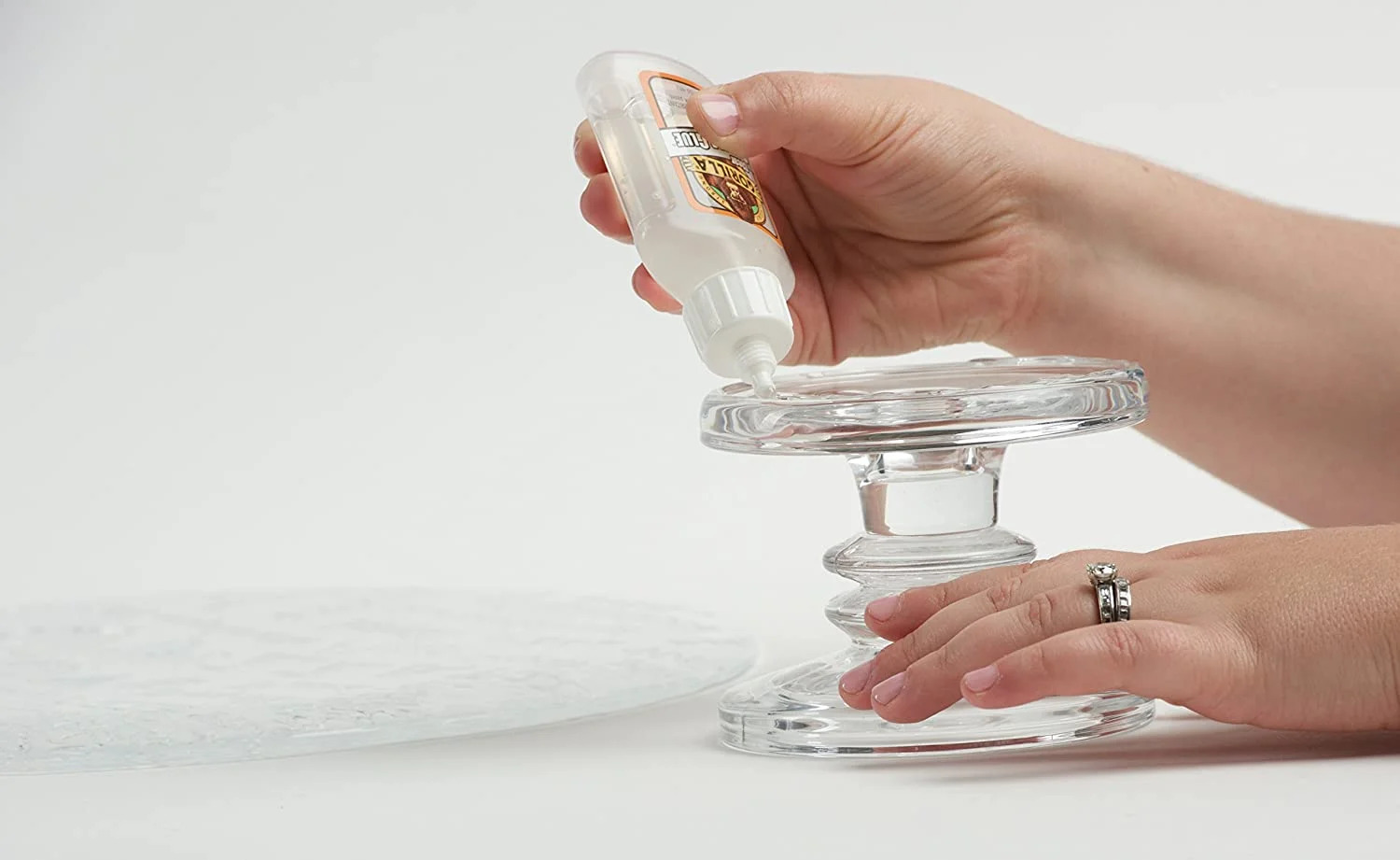
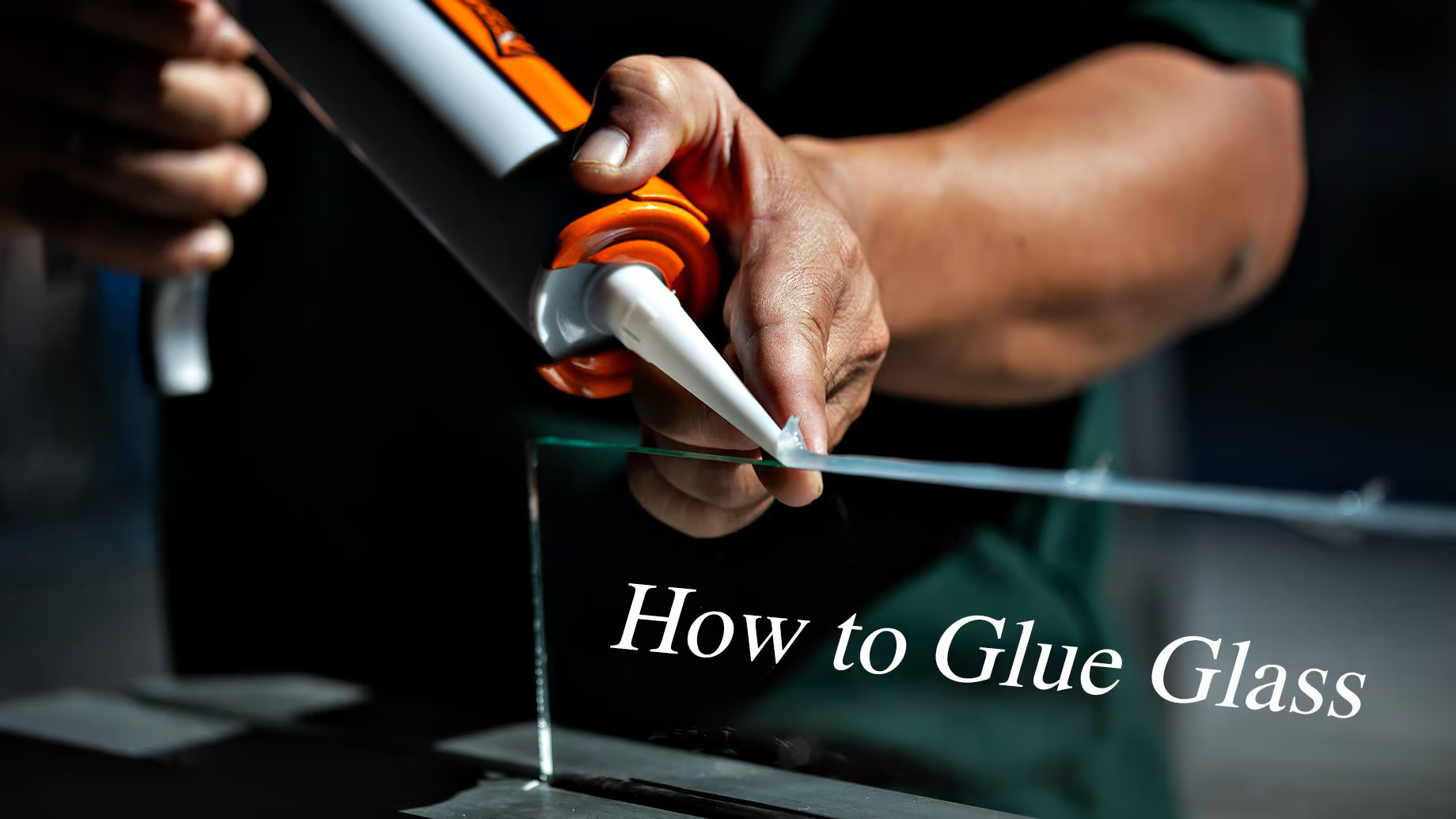
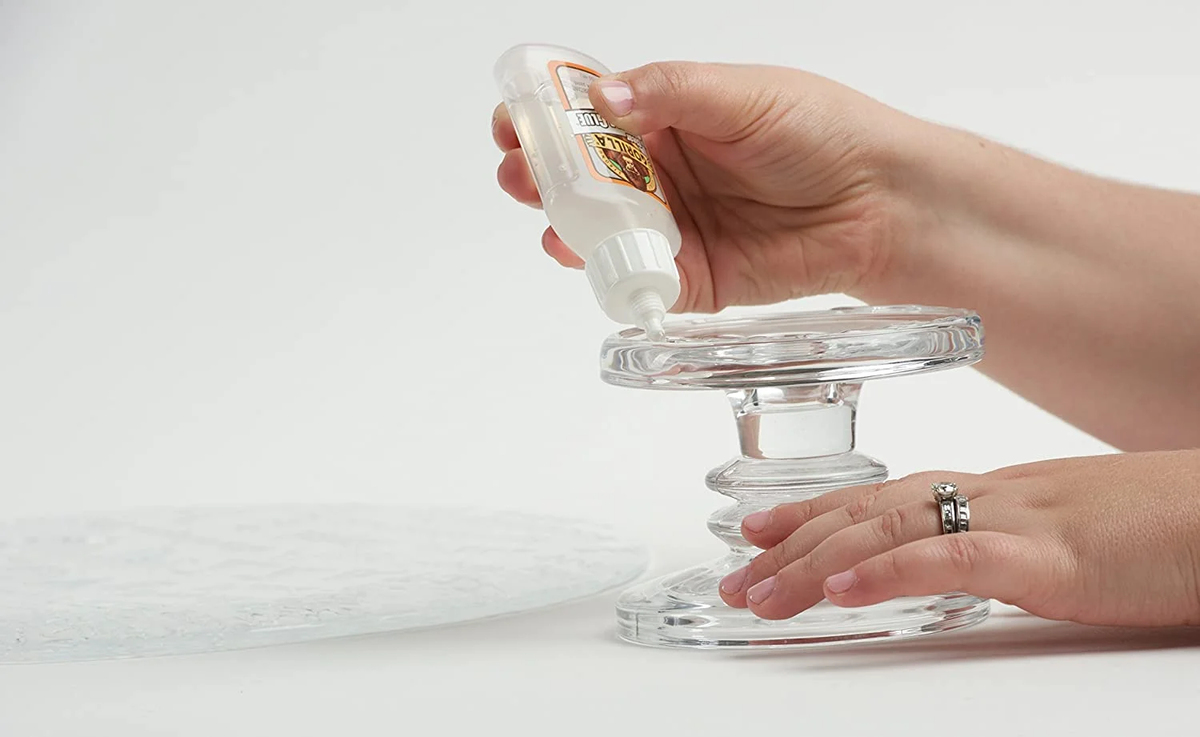
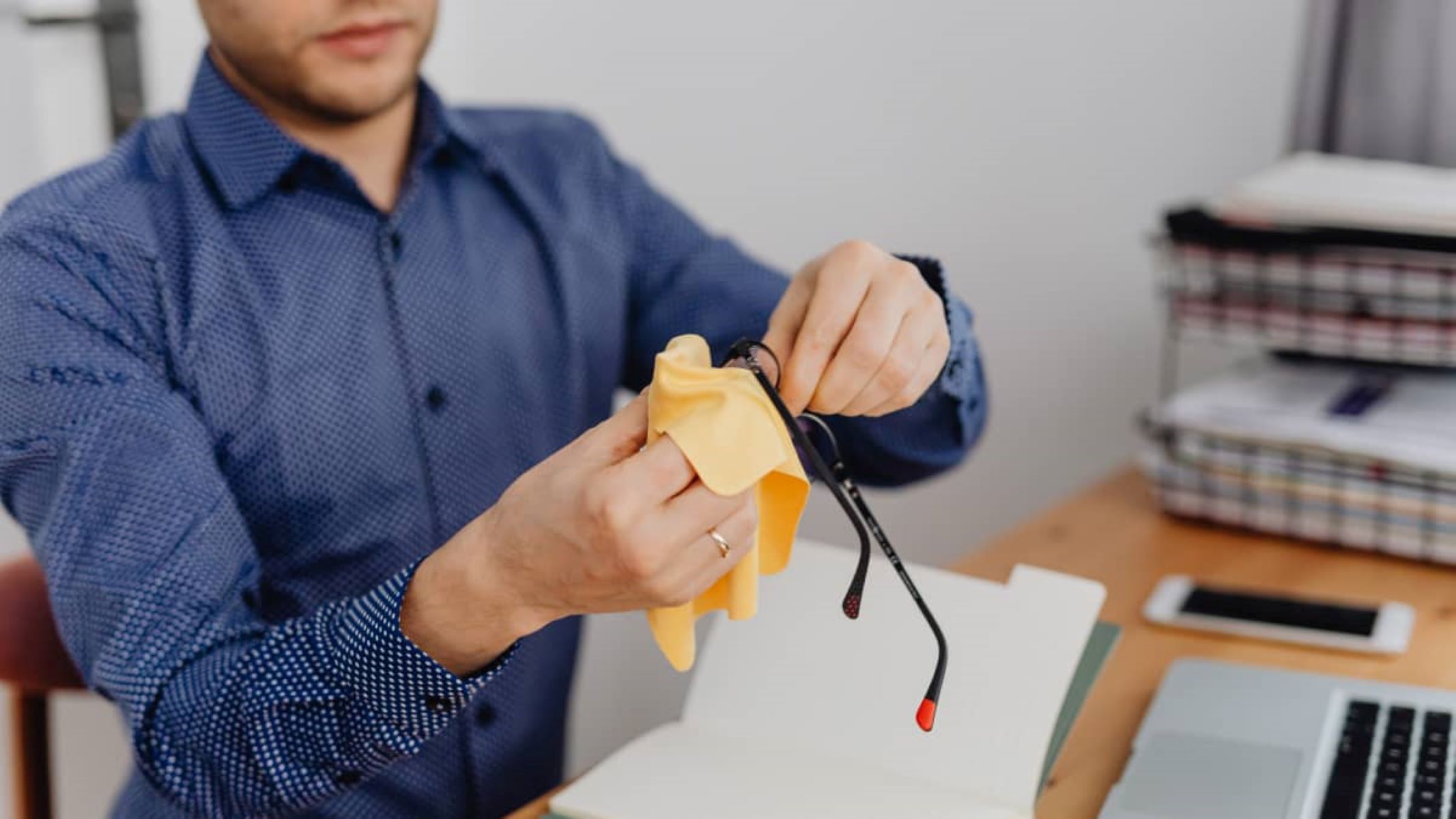
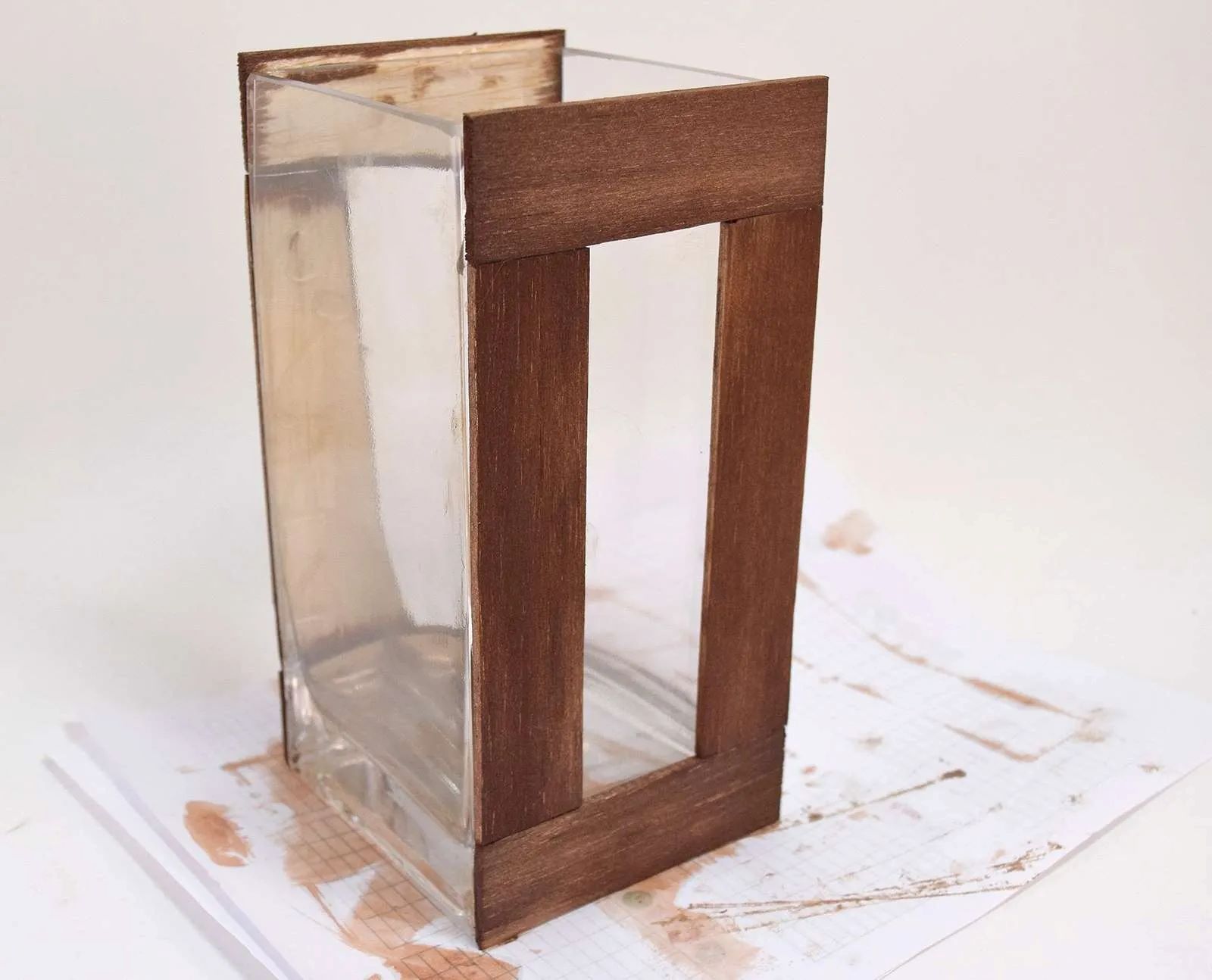
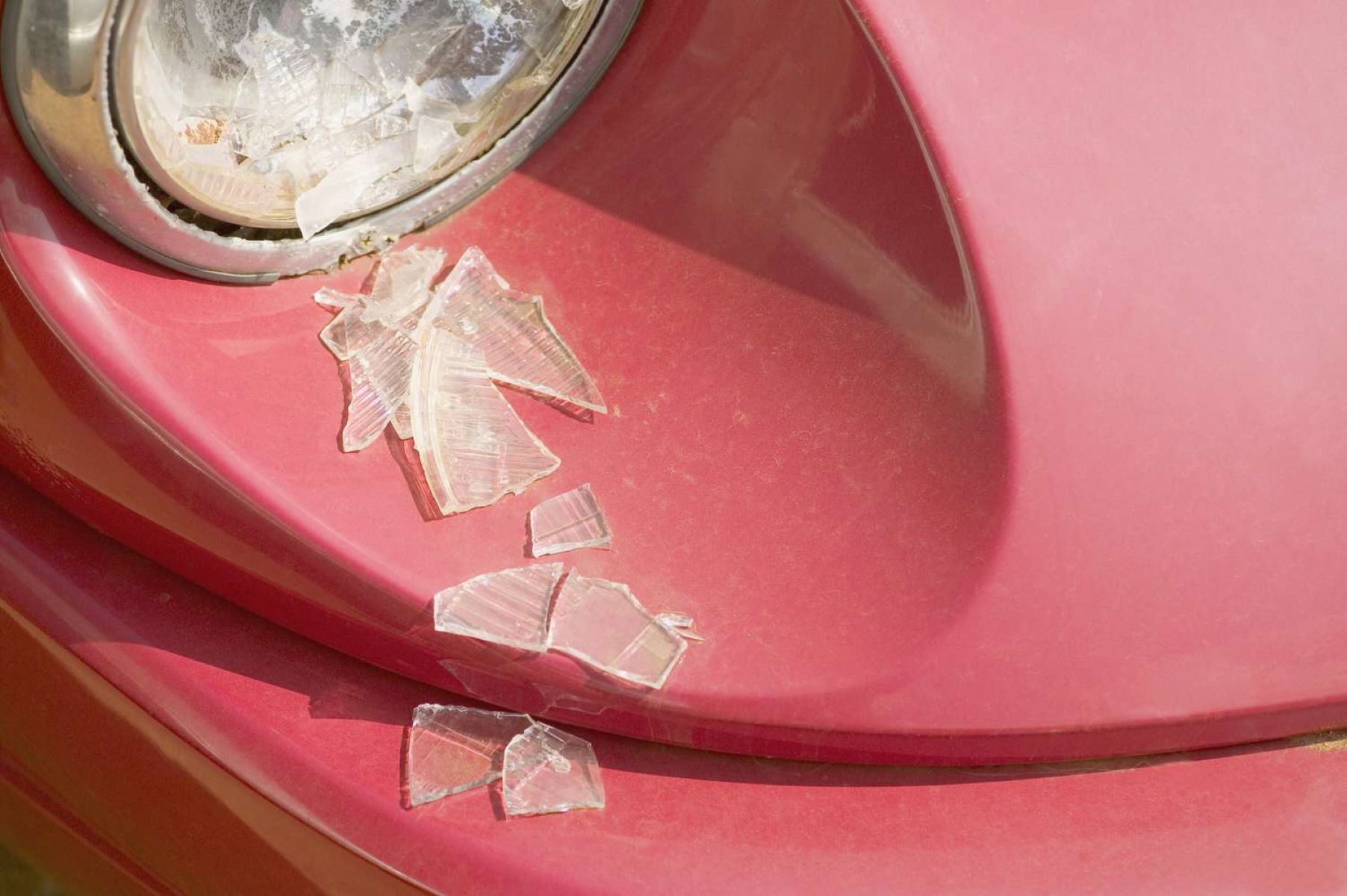
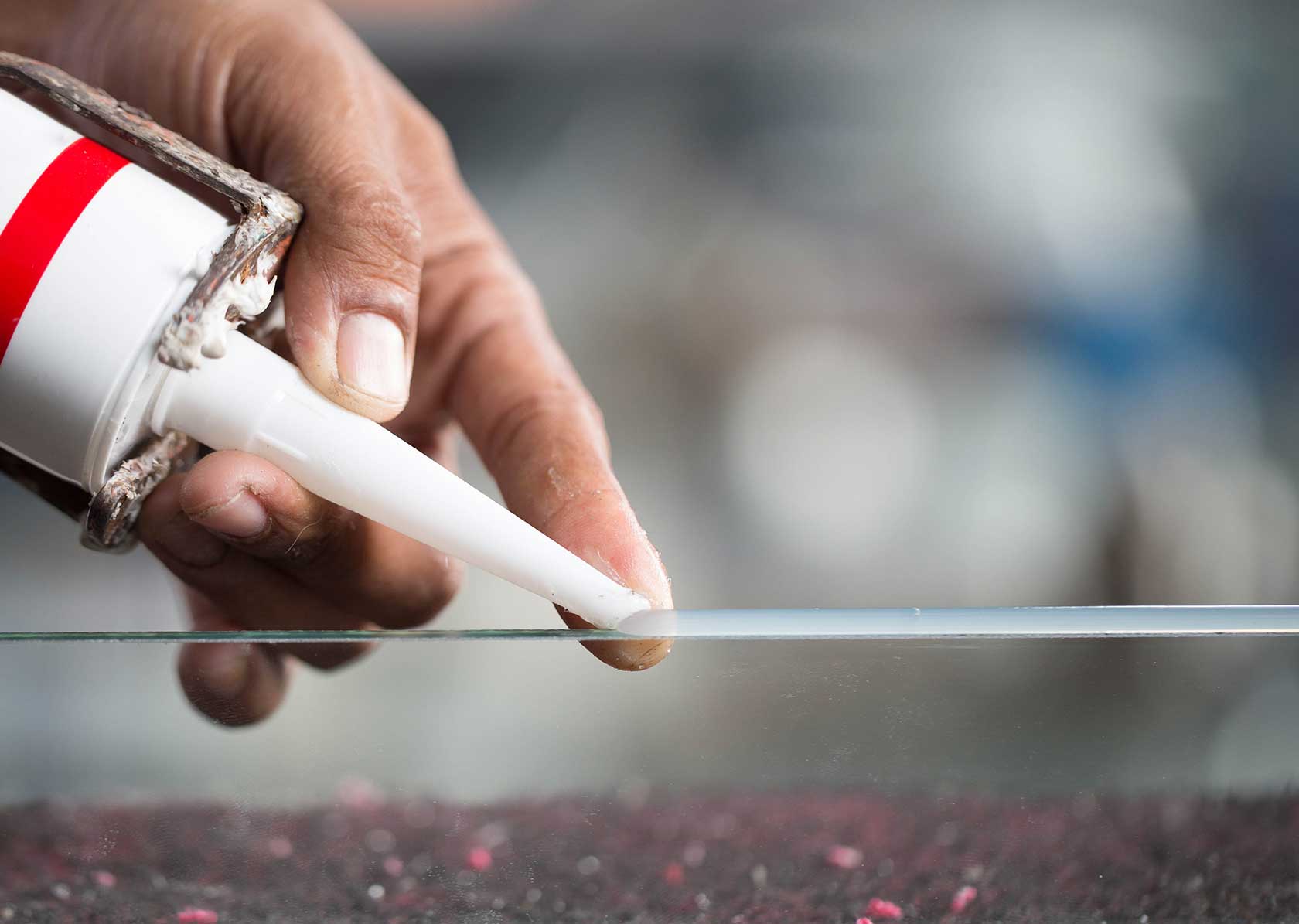
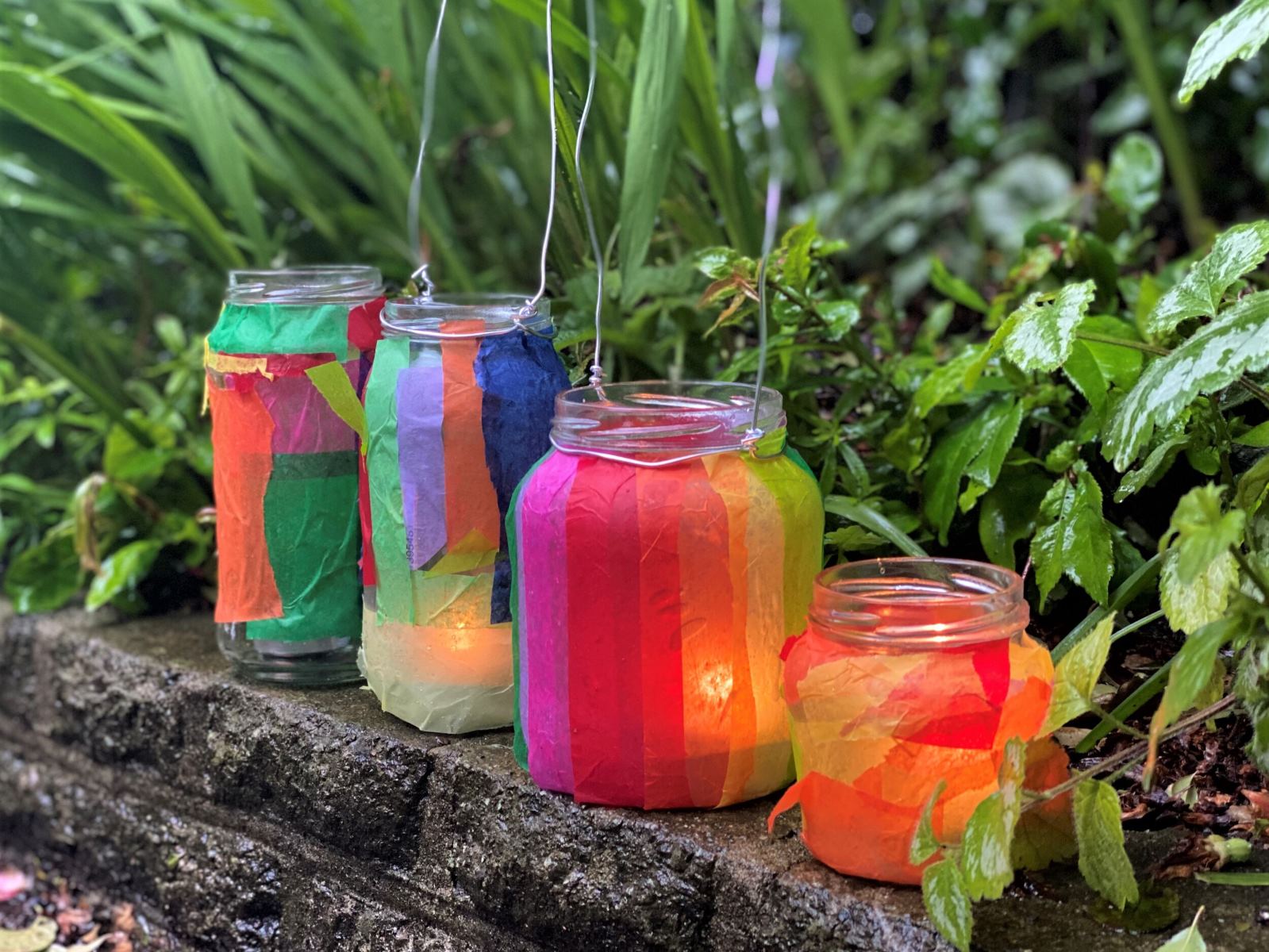
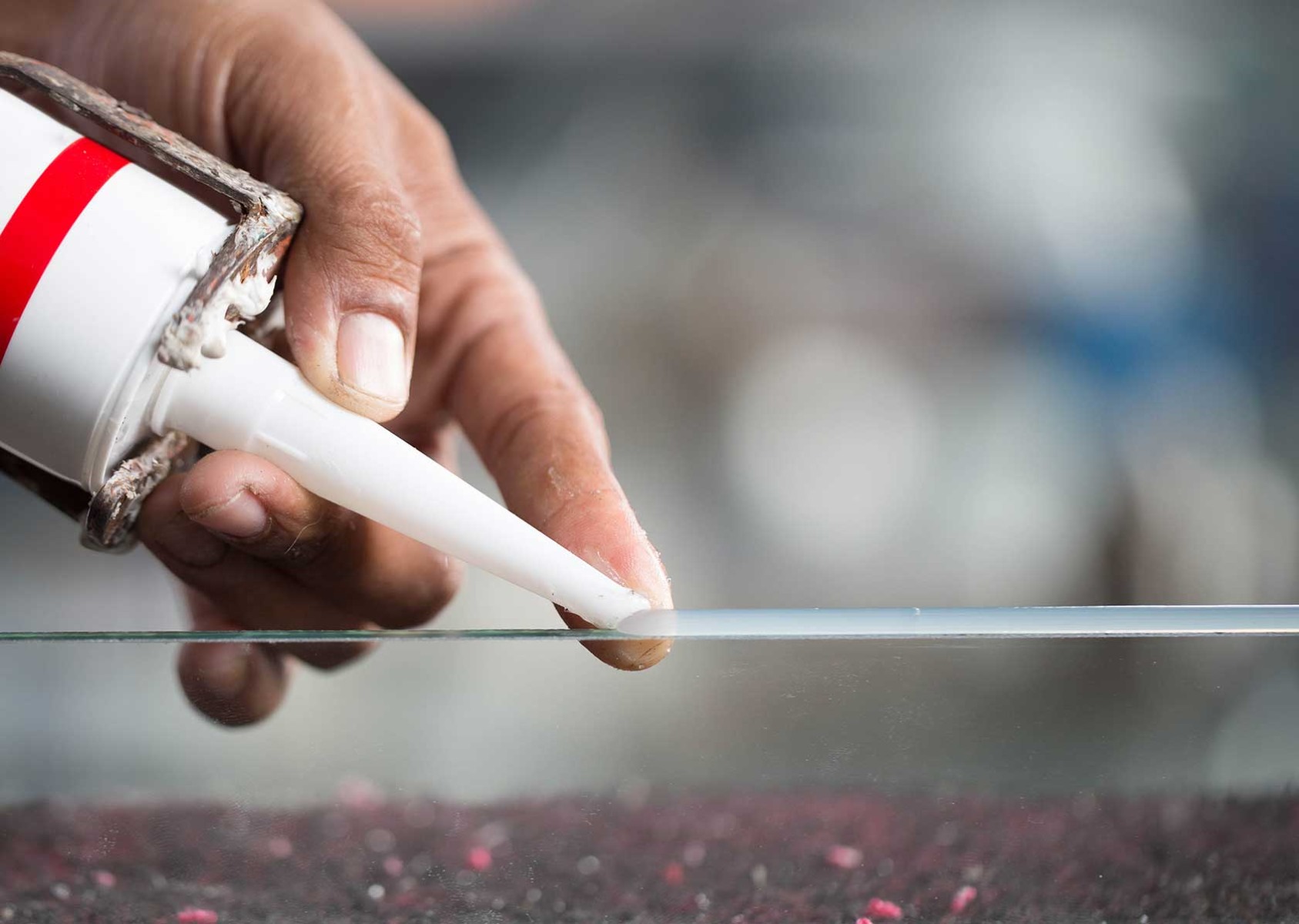
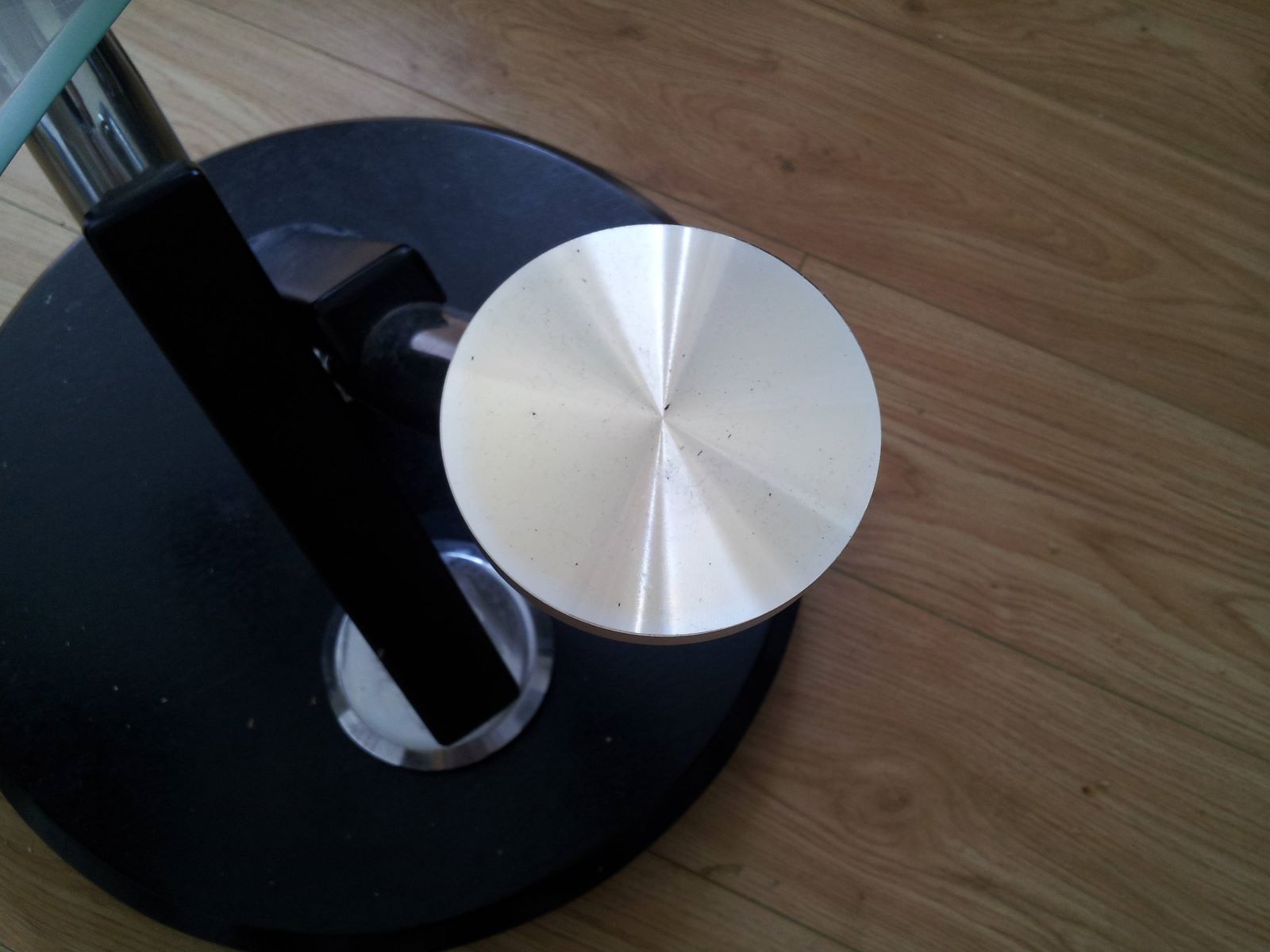
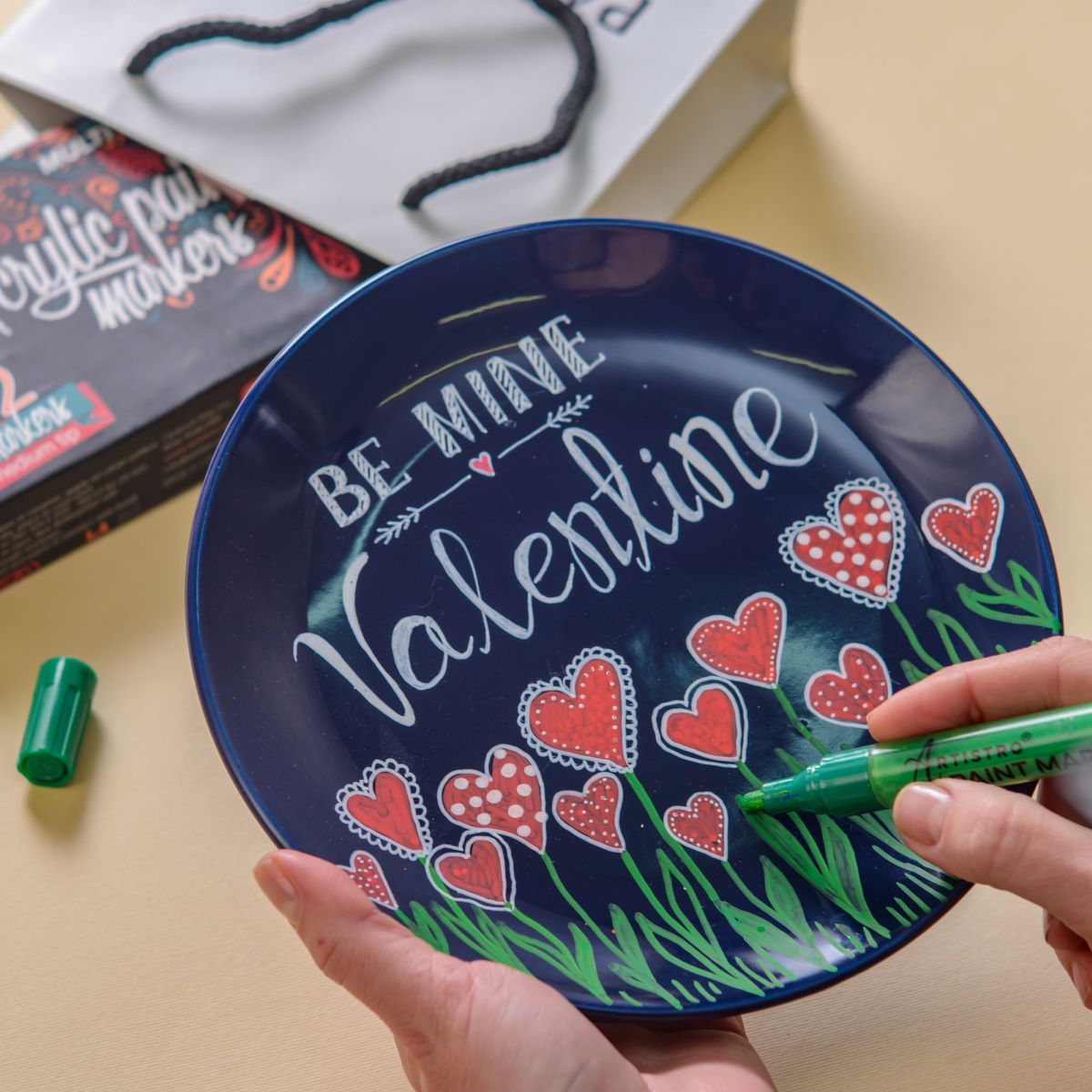
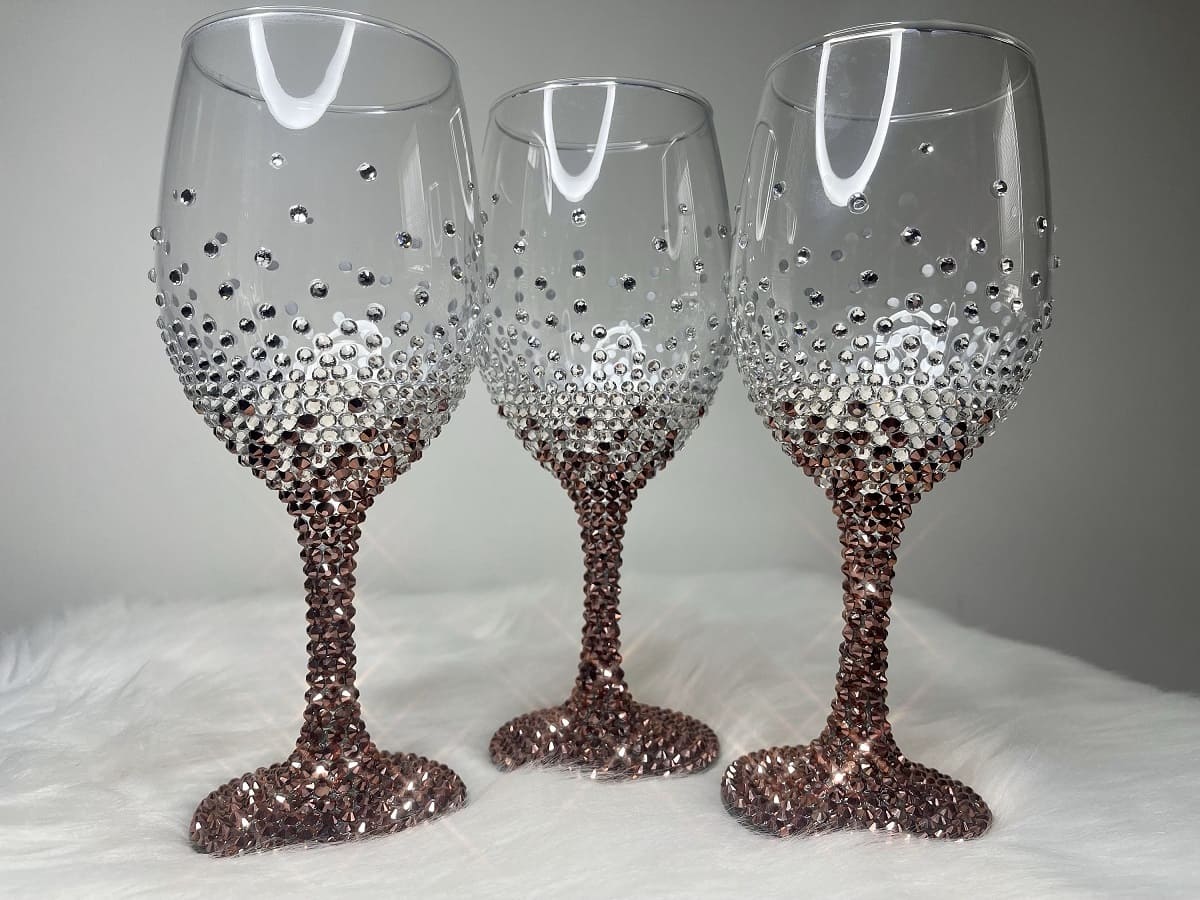
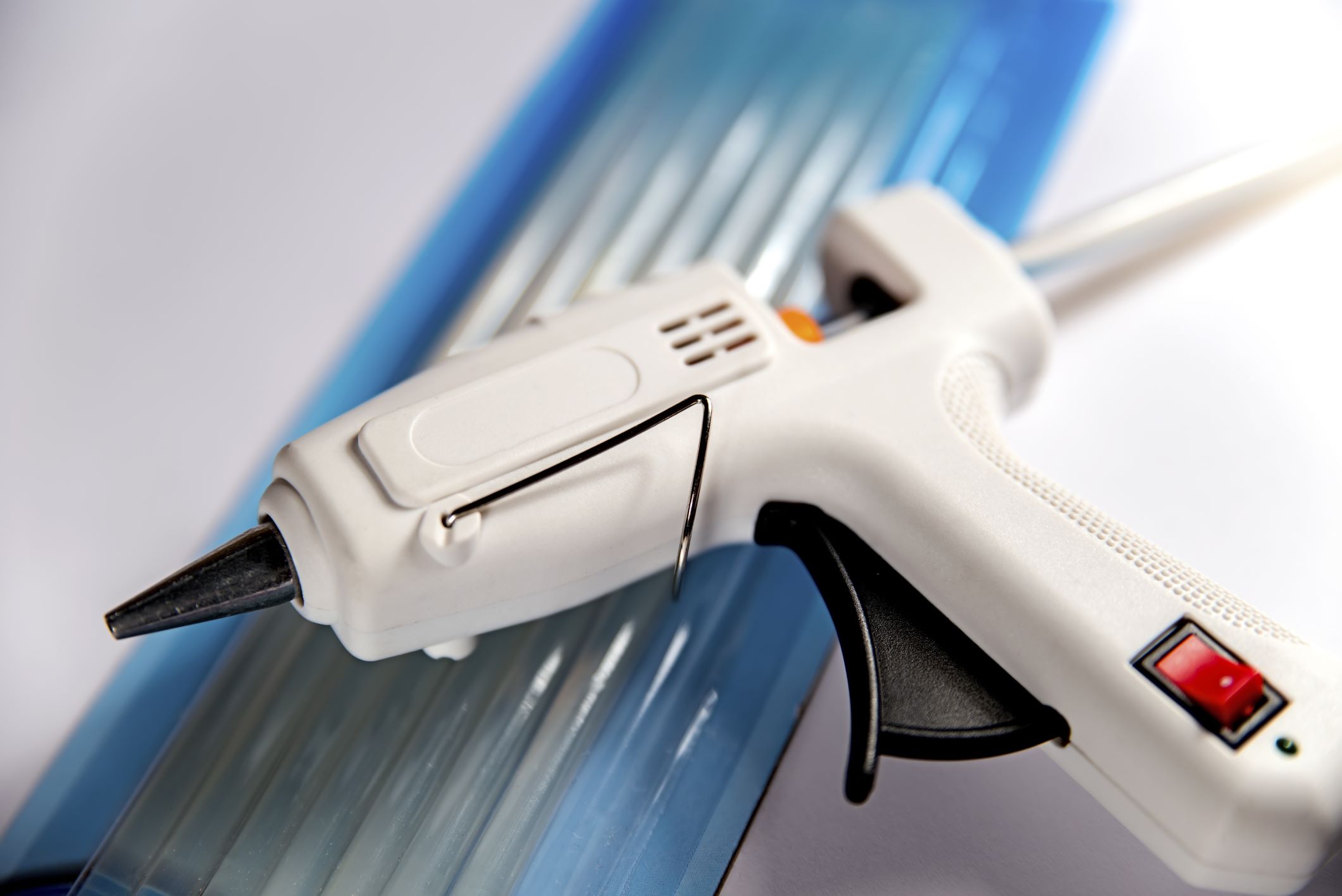

0 thoughts on “What Glue Works On Glass”